Ask a Farmer: Keeping a Family Milking Cow
The following question was recently posed to Farmer Sara, our barn manager at East Hill Farm: “I have room on my property to keep one family milking cow. What do I need to know before jumping into this venture?”
There are a number of issues one needs to consider and research prior to beginning such an undertaking. Sara explores some of those factors in this Ask a Farmer blog post.
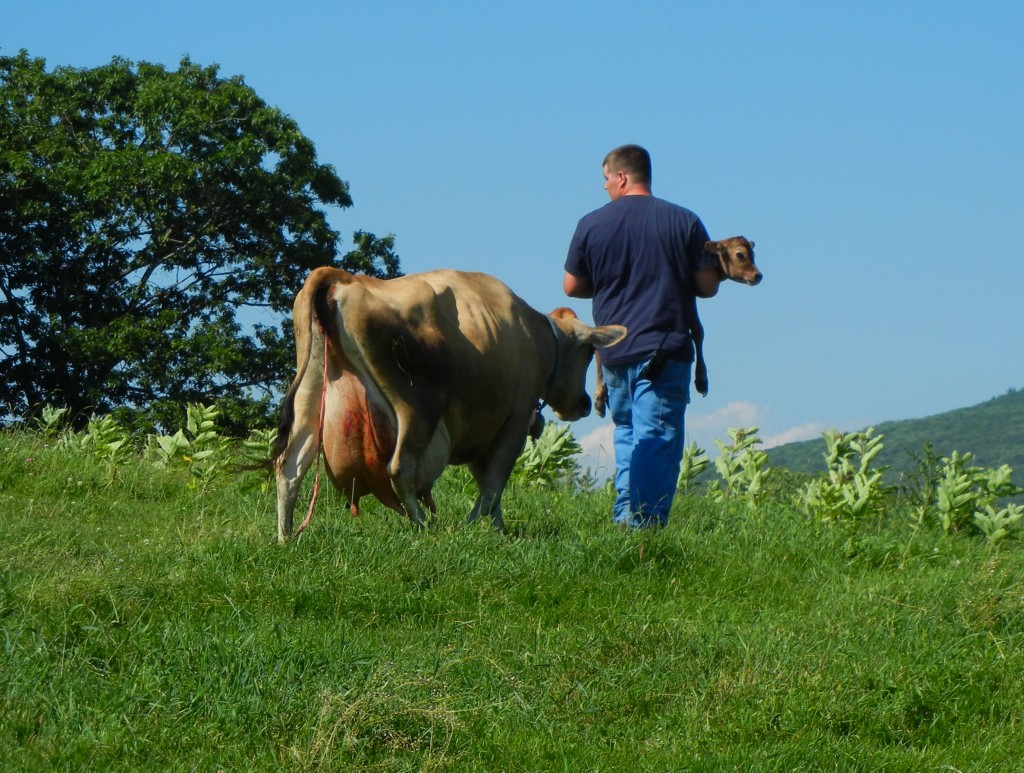 COST
COST
First, you will have to consider the cost of the cow. Most likely, you will buy a cow that has already freshened, meaning she has had her calf and is now producing milk. The breed, age, and production history will all factor into her price. You could spend $800 – $1,500. You can start asking around to get an idea of the market in your area. See the “Care and Feeding Requirements”, “Environment & Shelter”, and “Other Considerations” sections for additional costs to consider.
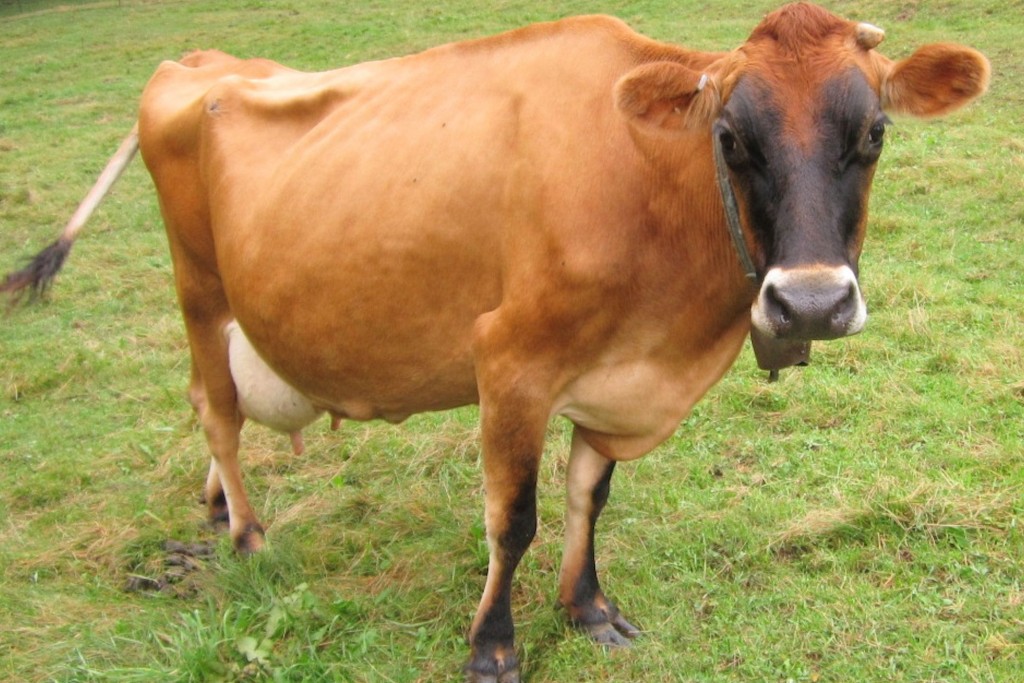 BREED
BREED
When choosing a breed of cow, you should consider how much milk you want each day and what size cow you want. Larger cows eat more and need more space. Many families choose a Jersey cow. Of the major dairy breeds, they are the smallest (at an average of 800 pounds) and give milk with the highest percent butterfat.
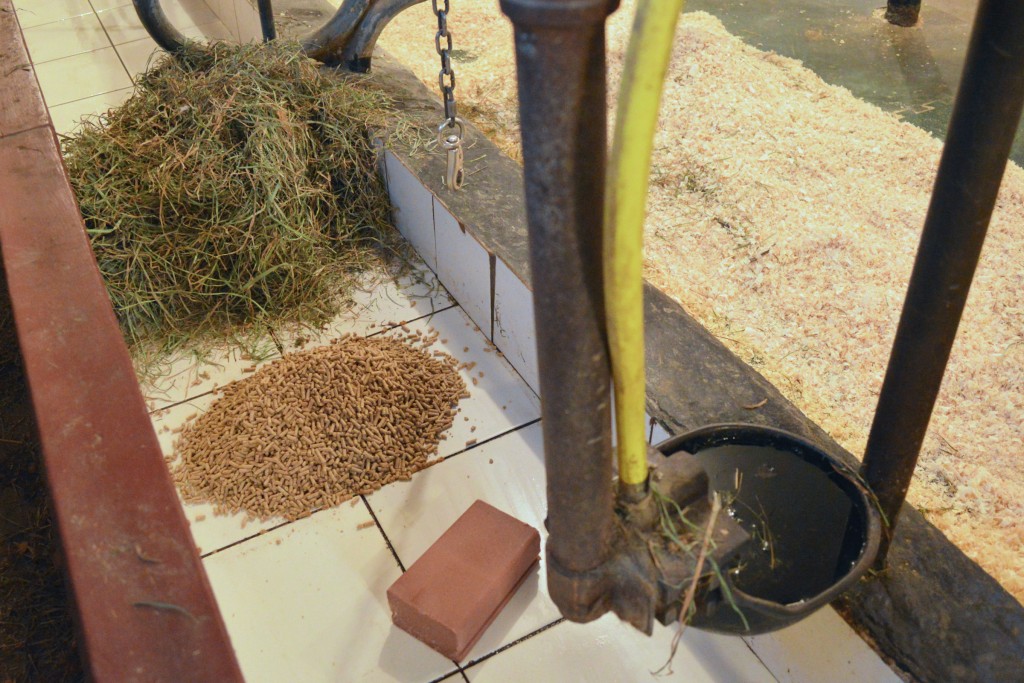 CARE & FEEDING REQUIREMENTS
CARE & FEEDING REQUIREMENTS
You will need to know what to expect as far as day-to-day care and feeding requirements of a cow producing milk. As a general rule of thumb, a cow will eat 2 to 2.5 lbs of hay per day for each 100 lbs of body weight. For example, if your cow weighs 1,000 lbs, you will be feeding 25 pounds of hay each day. (Tip: the average bale of hay weighs 40 lbs.)
A 16% dairy pellet compliments quality pasture or hay and this will ensure your cow has all of the vitamins and minerals, along with added protein, to keep her condition optimal. The rule of thumb is to give 1 lb of grain for every 3 lbs of milk being produced. (Tip: a 50 lb bag of dairy pellets averages $16.00.) You will need to make sure you have a dry, secure place to store your feed.
Finally, make sure clean, fresh water is available at all times! I also recommend keeping a trace mineral salt lick next to the water, free choice. I strongly encourage you to research the cost of hay and grain in your area and consider these daily expenses in your budget.
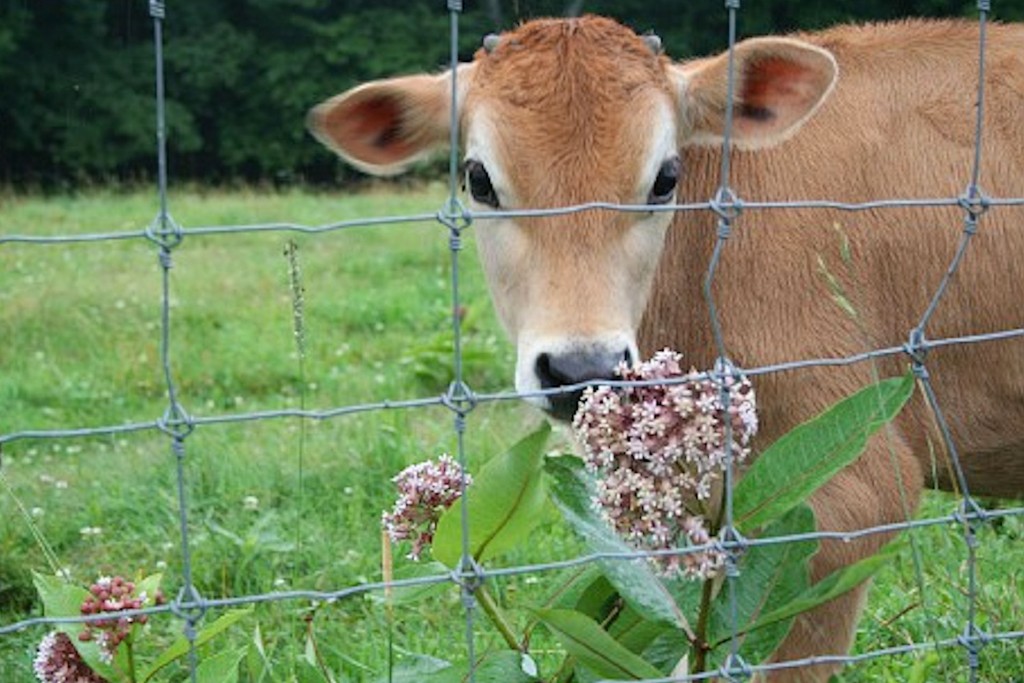 ENVIRONMENT & SHELTER
ENVIRONMENT & SHELTER
You will need adequate fencing to contain the cow on your property as well as shelter for inclement weather. These come down to personal preference and budget. You can fence in a one-acre field with electric fence materials for a reasonable price. Take the time to ask fellow farmers, look at their set-up, and price out fencing.
A secure shelter could be a run-in shed or a stall in a barn. Once you have your secure shelter, you will need to calculate bedding into your budget. Options for bedding include bagged shavings, loose sawdust, or straw. (Tip: remember, you will also need a place to store your manure!)
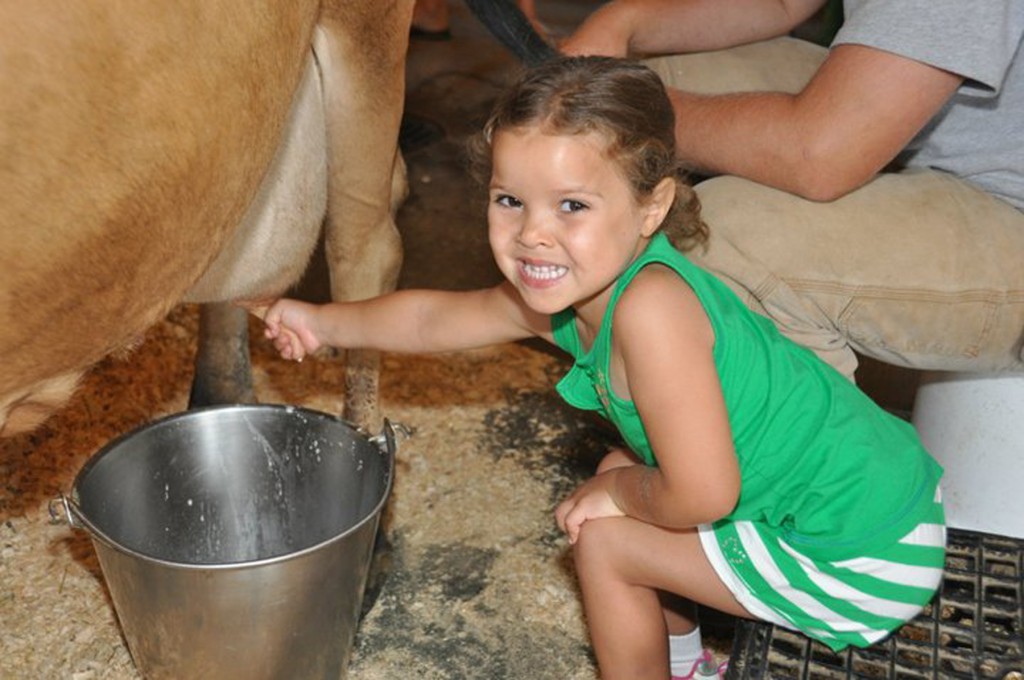 MILKING
MILKING
Make sure you have the time every day to milk your dairy cow! This needs to be done every single day and, on average, could take you 20 minutes. To get the most milk production, this needs to be done twice a day, at 12-hour intervals. If you just need enough for your family’s consumption, you can wean your cow down to one milking per day, but this needs to be done gradually, along with decreasing her grain ration. If a cow producing milk does not get milked out on a regular schedule, you will have a very uncomfortable cow. You could also run into complications with infected quarters, a condition called mastitis.
OTHER CONSIDERATIONS
Remember, a cow is a large animal. When she gets sick or injured, you will need a large animal veterinarian. Hopefully veterinary care is not needed often, but if a problem should arise, make sure you are prepared to meet this financial expense. You should research large animal veterinarians in your area as well.
I hope these pointers are helpful. I cannot stress enough how important it is to do your research and make a budget of both time and money before moving forward with keeping a milking cow.
Good luck! Farmer Sara
What questions do you have for our East Hill Farmers? Perhaps your question (and our response) will be featured in a future edition of Beyond the Fritter!

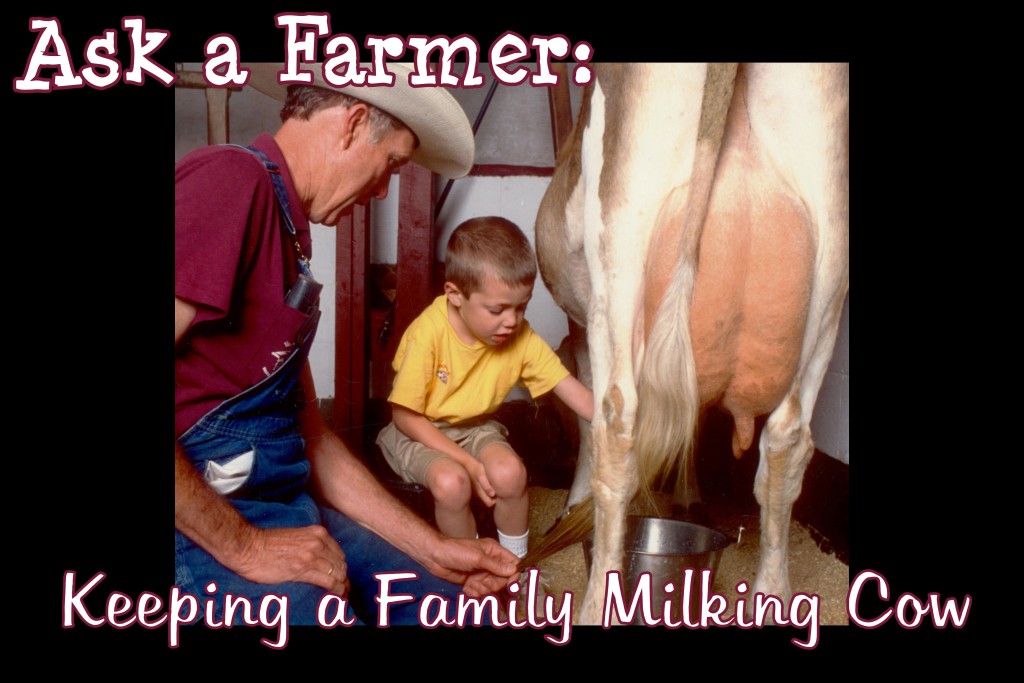
Another important consideration is the need to periodically freshen!
It is great that you wrote this but there is so much missing in terms of start up costs/equipment and ongoing time requirements. A new person could come away from this with a way oversimplified idea about what is a tremendous (and rewarding) commitment. What about fly control, a stanchion, milking equipment, udder health, milk processing? 20 minutes 2 x a day is woefully low – a milking cow on a family farm is a minimum of 2 hours a day of work – milking prep, milking itself, milking clean up, milk processing, barn clean up and mucking stalls, maintaining and moving electric fencing, feeding and watering. It’s important to give the right big picture so folks know what they are getting into it.
Hi Kathleen- Thanks for your feedback on this blog post. Your comments are appreciated and I agree that there is much more to keeping a happy and healthy cow than is outlined in this post. It was meant to be an introduction to the idea, not a comprehensive source of information. Thanks for reading!